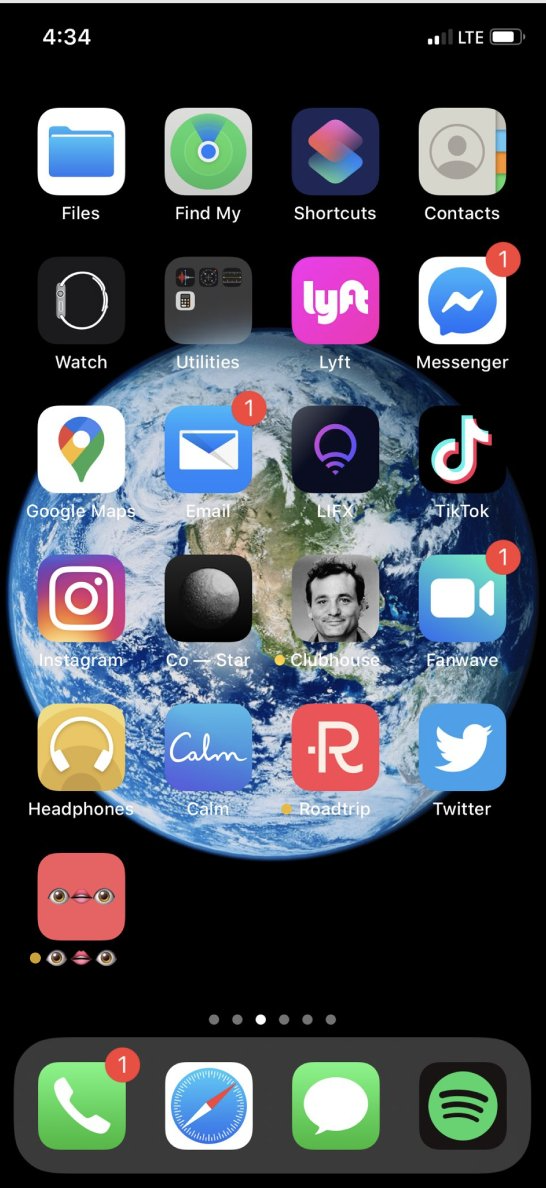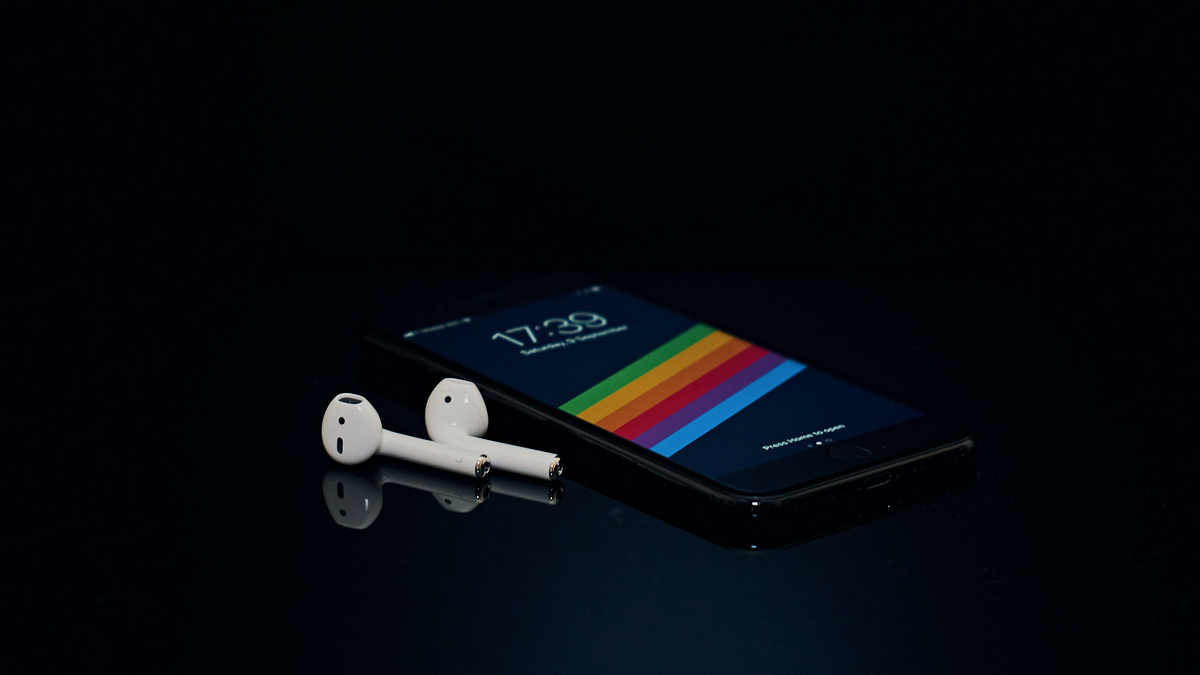What is Clubhouse?
The most talked about startup of early 2020 is Clubhouse, an audio-based social network where people can spontaneously jump into voice chat rooms together. You see the unlabeled rooms of all the people you follow, and you can join to talk or just listen along, milling around to find what interests you.

A single, black and white image of a human face, sets the tone for Clubhouse, giving it a unique vibe not found elsewhere on the App Store.
An iOS and mostly AirPods exclusive experience, Clubhouse brings a combination of live-streaming and podcasting to a select group of already-popular influencers, mostly in the startup and tech community.
Clubhouse centers around individuals, most of whom have done something remarkable or noteworthy. They represent existing cults of personality (at least, in a more humble, silicon valley form), typically with tens of thousands of Twitter followers, and a pre-built audience.
You notice this when you sign in to the app, and view a list of rooms, centered not around topics, but individual influencers. A Room is defined by who is currently speaking. So, you may receive a notification to join a room where Sahil, Drew, and Tyler are speaking. No profile pages, or lengthy explanations as to who’s here. Either you’re in the know, or you aren’t.
Novel User Interaction, or just Phone Calls?
From a bare-bones user interaction point-of-view, Clubhouse shouldn’t be unique. It’s a group call. iOS supports this natively. As does WhatsApp, FaceTime, Discord, and a countless number of community chat platforms.
But what makes a phone call toxic in 2020, and Clubhouse refreshing?
This boils down to community, curation, and interaction.
Why Voice Works
Video Calls have glued us to our seats. Mobile apps may exist for Zoom, Teams, and Google Meet — but the culture that developed around using these apps in an office setting is preventing us from using them casually.
Moving from our MacBooks to our phones and AirPods, gives us mobility. Removing video reduces friction, and removes the need to “prep for a call”, giving us more flexibility to decide how to hang out with others.
Simply put, adding video introduces more friction to the call experience than it’s worth. Clubhouse introduces a new mode of interaction that can be more spontaneous, casual, and frequent than a Zoom call.
Clubhouse Onboarding
From the article (Inside the Clubhouse), we can put together an onboarding flow, and understand the basic mechanics of how Clubhouse might work.
An invite-only community, it seems like each invitation is a planned event, scheduled in advance. New users receive a TestFlight link, and are welcomed personally by the app’s creator, who explains how the app works.

Onboarding Flow for Clubhouse. Profile creation steps are assumed.
Since new users are mostly in the same time zone, it is possible the app’s creator receives a notification each time a user downloads the app. Since the user is asked to add a profile photo and enter their real name, this gives the creator a few minutes to intercept the user, and onboard them personally
#design #apple #startup #podcast #ux
